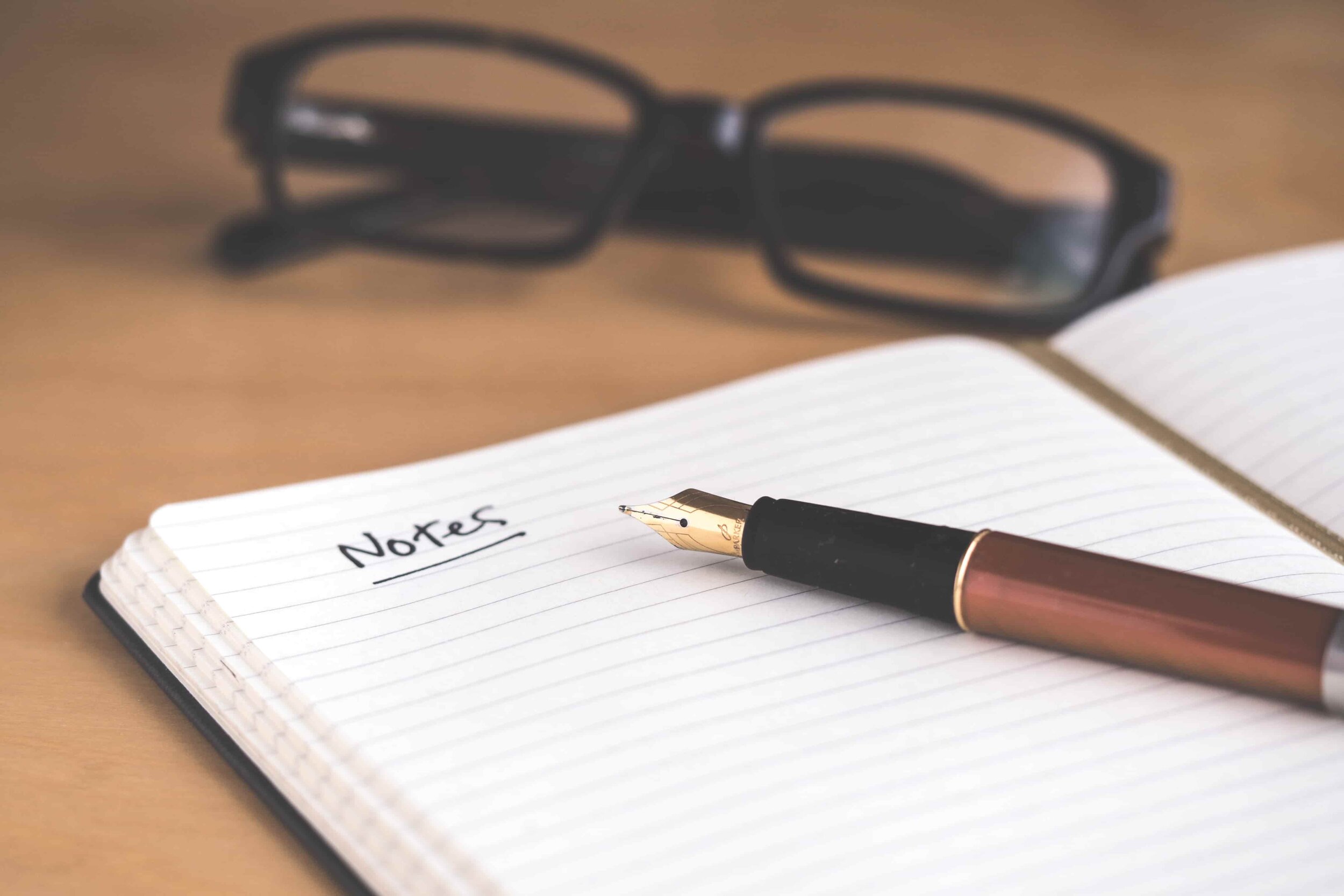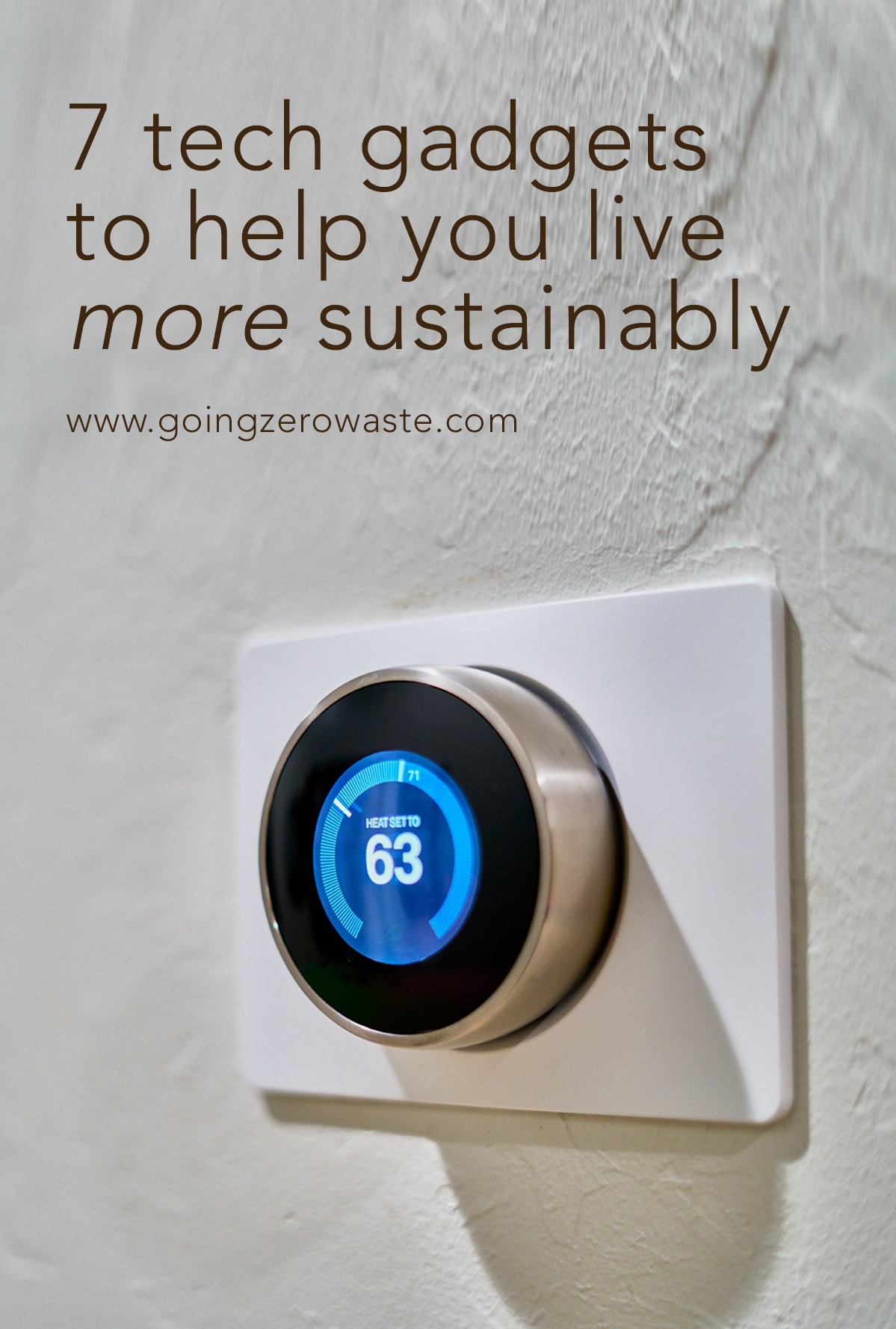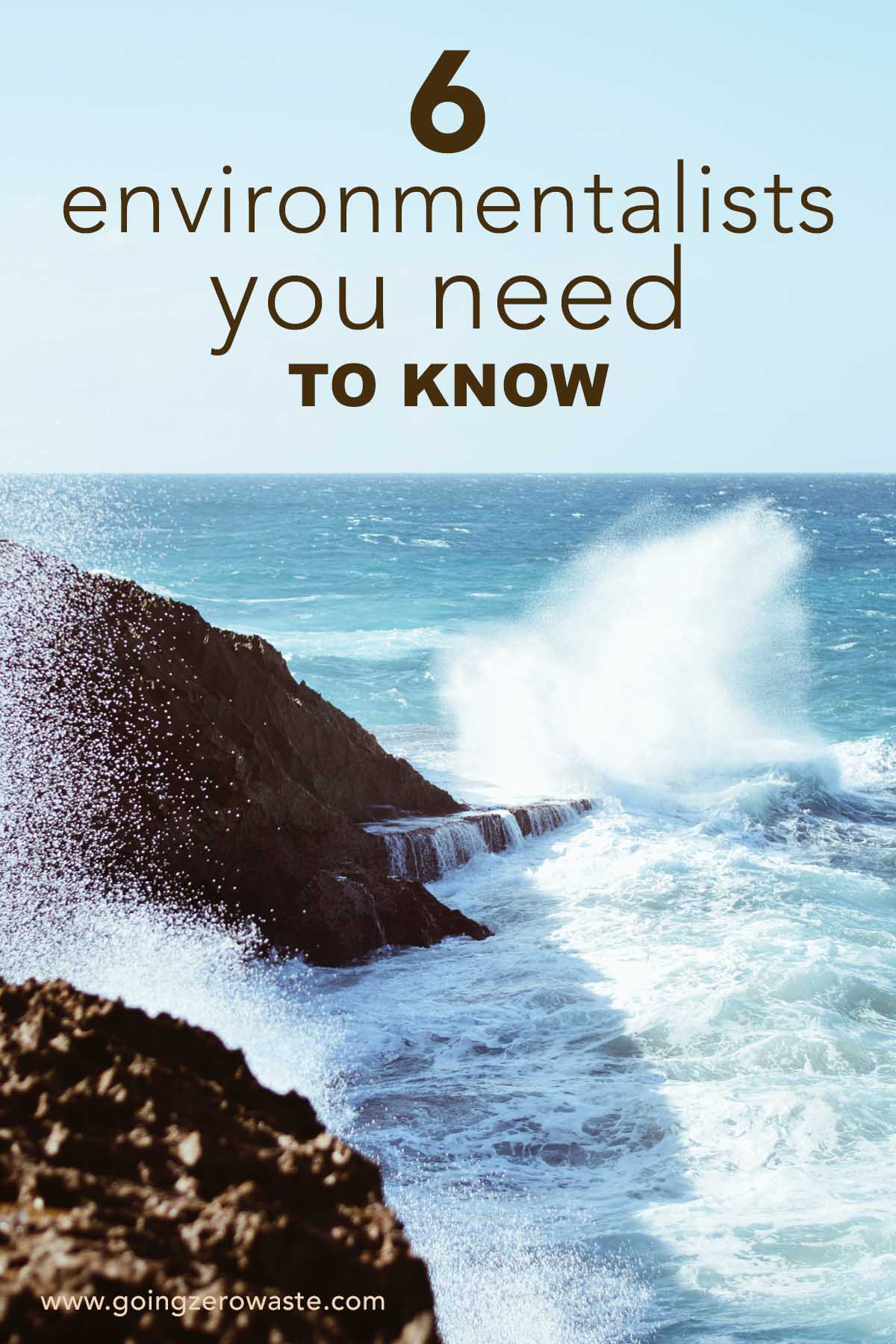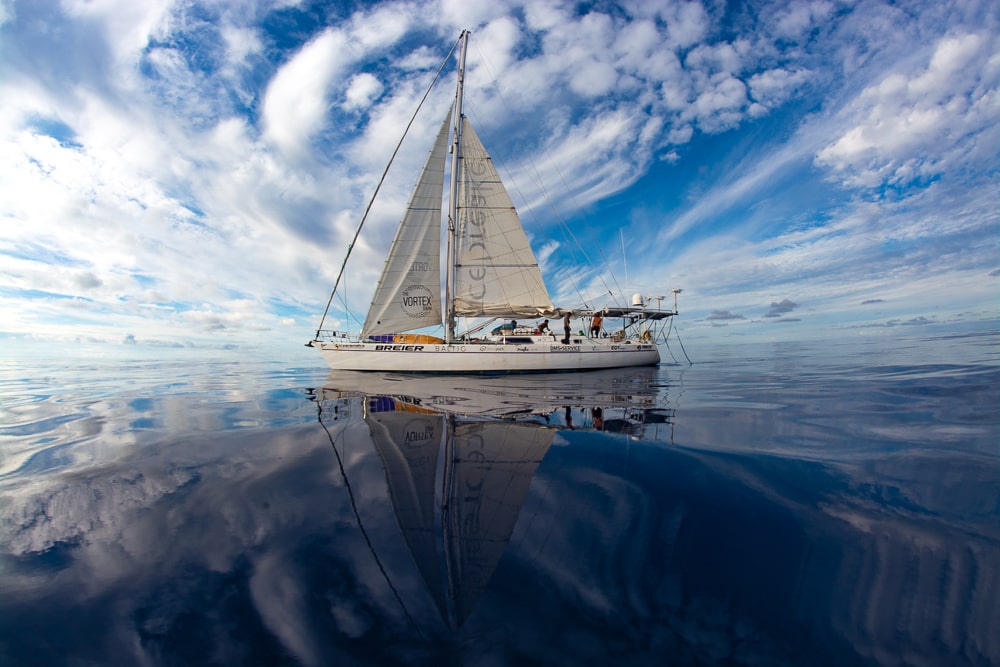It can be difficult to stay zero waste in the workplace especially if your job is wasteful. I’ve received many emails and complaints from nurses to house flippers lamenting that their jobs produce A LOT of trash.
And, while there are small things many of us can do in our personal lives it can be difficult to translate those to the workplace because many of us lack the control and authority to see these types of initiatives implemented.
But, first I want to say that trash happens. And sometimes, especially in the medical and science fields that waste is necessary to keep everyone healthy.
I used to work in a print shop which is a pretty wasteful industry. The shop I worked in did a great job of promoting eco-friendly materials and sustainable alternatives, but I was shocked by the number of negative emails I’d receive telling me, “You can’t be zero waste you work in a print shop!”
I’m sure a lot of us work at jobs that don’t 100% align with our values. Yes, there was a lot of waste at the print shop, but I felt like what I was doing was important. I was helping people choose better alternatives.
In fact, when you want to start living a more eco-friendly lifestyle, I don’t think you should run out and start applying to only sustainable companies. We need sustainably-minded people to work in the most wasteful industries to work on changing them from the inside out.
Think about it, you could be responsible for tons of waste reduction. Making changes from the inside out will be slow and difficult, but gosh how rewarding will it be when all of it finally pays off?
All that said, no matter what your job is, there are ways you can keep your personal waste to a minimum. But of course, I'll be sharing ways you can reduce waste in the workspace as a whole from shrinking your landfill output, ditching single-use plastics, beefing up your recycling program, and maybe even starting a composting setup.
start with breakfast:
Lots of us grab breakfast on-the-go whether that’s hitting the drive-through or grabbing a snack bar wrapped single-use plastic. These habits result in a lot of packaging waste added up over time.
Instead, take a smarter approach and plan ahead. Making breakfast at home is a super-easy way to avoid single-use plastic.
Most of us don’t have time to make a sit-down breakfast happen, consider making some overnight oats the night prior.
Store them in a jar you take with you to work and heat it up there or just eat it cold. Of course, there are lots of other breakfast options you can make the night before as well, like granola bars, parfaits, muffins, and more You just have to think ahead a bit.
As for coffee and tea, if you want to grab-and-go, make sure you have a travel mug and ask the barista to put your drink in there.
RELATED POST: Tips for Creating a Zero-Waste Coffee Routine
pack a trash-free lunch:
Packing your lunch is an easy way to avoid a lot of the trash associated with takeout. At the office I used to work out, almost everyone got their lunch to-go from nearby food trucks and cafes and brought it back to their workstations. This resulted in so much packaging waste, and was super expensive!
If you want to save some money and packaging waste, pack your lunch in reusable containers like glassware, metal tiffins or stasher bags.
Instead of brown-bagging it, invest in a reusable lunch box or bags. I love my little two-tiered tiffin, but if a bag is more your style, you might like this organic cotton lunch sack.
If you don’t have an office kitchen with real cups and cutlery on hand, don’t forget to include those with your lunch sack.
As for your actual meal, try and opt for something plant-based. It’s even better if you include in-season and locally grown foods too.
RELATED POST: How to Pack a Zero Waste Lunch + 10 Meal Ideas
make a compost plan:
If you’re trying to live a more sustainable trash-free life, you’re probably going to be eating a lot more produce. After all, what’s an easier zero waste snack than an apple, orange, or banana?
So, you’re probably going to wind up with some compost. If your office is super green and progressive, they might offer composting on-site which is awesome!
However, in my experience, it’s more likely that your office doesn’t offer composting so bring an extra container from home. I brought an old plastic tupperware container and kept it in my freezer at work. I’d store tea leaves, banana peels, and other food scraps in it, and once it was full, I’d take it home and add my scraps to the compost heap in my backyard.
RELATED POST: Ultimate Guide to Composting in an Apartment
stock your work kitchen:
If you have an office kitchen, and it’s not stocked with reusables consider bringing a set of dishes for you to use.
At my office, I brought a few plates, bowls, flatware, and tea strainers that I picked up from the thrift store for a few dollars. I always encouraged everyone to use the dishes and it was great to see many of my office mates opting for reusables opposed to disposables.
On birthdays or holidays we’d often have food catered, and instead of opting for disposable dishes, I’d grab my reusable plate and was able to avoid a lot of trash.
But, if you want to take this one step further, talk to your boss and see if they’d be willing to stock the work kitchen with reusable plates, mugs, cups, and utensils so everyone can have access to zero waste alternatives.
I’m working on a blog post about starting a green team at work. And, if you already have a green team that’s dedicated to helping the office be more sustainable this would be the perfect project to start with.
eco-friendly office supplies:
The most eco-friendly thing you can do is use the office supplies that you already have because don’t we all have a drawer full of plastic pens? No, just me?
Once you’ve used all of the supplies that you have then consider switching to eco-friendly alternatives. One of the things I LOVE about my desk is how few office supplies I have and how easily everything stays organized.
I keep two pencils, two fountain pens, a bottle of ink, a pencil highlighter, a notebook, a calendar, a stapleless stapler, and scrap paper I make from single-sided misprints and that’s it! I also have a few cloth napkins and rags stuffed in my desk drawer and of course a cute mug and 32 oz mason jar for water.
My desk is free and clear of clutter which helps to keep my brain active and I LOVE it.
Of course, if you want a new thing to tackle with your green team at work add switching all of the office supplies over to their eco-friendly counterparts.
RELATED POST: The Ultimate Guide to Eco-Friendly Office Supplies
reduce your paper use:
Try and give your printer a little break. If you’re used to receiving presentation decks from every meeting, ask for digital versions to be emailed out instead of printed versions. Everyone can take notes in a notebook instead of on the printout.
This will save a ton of paper and will help keep everyone more organized. And, I mean really…. how many times do you actually reference your notes from a presentation?
And, if you need to print something out print double-sided!
And, if you’re looking for more tips for your green team, try and get your workplace to stock 100% recycled paper because if you’re not buying products made from recycled materials… are you actually recycling?
RELATED POST: 10 Tips for Reducing Waste in your Office
commute greener:
It’s no secret commuting takes a toll on the environment – especially if you drive. Instead, why not commute greener by carpooling to work or taking public transportation?
If you’re close enough to your workplace, consider walking or biking! I personally have a 30-minute rule. If it’s under a 30-minute walk, I choose to walk or bike. This makes getting around town super easy and saves on emissions.
This is also a great task for the green team to tackle - set up a carpool program. Pass along sheets to see where people live and who can conveniently pick up who on the way to work and them organize days of the week people can come into work together to reduce overall emissions.
advocate for recycling and compost bins:
How is your recycling in your office? Is it pretty much non-existent? What about composting?
I’m going to guess that a lot of people don’t know what your city accepts for recycling and probably crosscontaminate the recycling and trash bins.
Set up a presentation and get signage that clearly states what goes in each bin, and it’s always best to include pictures! Then make sure you chat with the janitorial staff to make sure they’re keeping everything separated.
And, if you’re feeling extra bold, maybe you can even get a composting station set up. I find that performing a waste audit is a great way to show your boss how much is being unnecessarily thrown out.
Businesses, pay for trash pick up whereas recycling pick up is normally free. So, if you can prove that you can divert x amount of pounds from the landfill you could potentially be saving your company some megabucks!
RELATED POST: 7 Tips for Getting Your Community Involved in Green Practices
be a leader in sustainability on your job:
Once you master the art of reducing the waste you create on the job, it's time to take it to the next level.
Most companies have a long list of sustainability goals and/or greenhouse gas emissions targets, but most of them aren't succeeding. This is where you come in! Create a list of ideas that can improve your companies environmental impact to help them actually achieve their objectives.
In this blog post, I’ve offered tons of suggestions on ways that you can spread the sustainability message beyond just yourself and influence the company, but here are a few more to get the wheels of your brain turning!
get electric hand dryers installed instead of paper towels
get bike storage setup to encourage biking to work
get electric vehicle chargers placed
chat with the catering company or cafeteria about reducing food waste and offering more reusable options
recommend a sustainable living book for book club
And, as always, being zero waste at work and authentically living your values pique other’s curiosity and start conversations about eco-friendly living. Leading by example can inspire change quicker than you think!
What are some ways you keep your workplace zero waste?








































